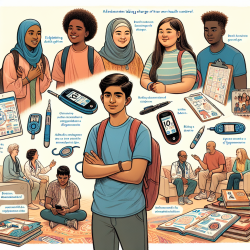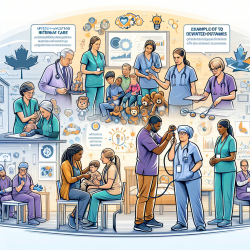Introduction
In the field of speech-language pathology, the integration of data-driven decisions is pivotal to advancing therapeutic outcomes for children. A recent study, "Utilising Media and Text-Based Sources," highlights the potential of media and text-based data as valuable resources in qualitative health research. This blog post explores how practitioners can harness these sources to enhance their practice and encourages further exploration of this innovative approach.
The Power of Media and Text-Based Data
Media sources, such as television programs, documentaries, and newspapers, often serve as primary data in qualitative research. These sources provide naturally occurring data that reflect societal views on health and illness. By analyzing media content, practitioners can gain insights into public perceptions and narratives surrounding speech and language disorders.
Text-based sources, including policy documents, medical notes, and health guidelines, offer another layer of valuable data. These documents often contain rich information about clinical practices, societal attitudes, and policy frameworks that impact speech-language pathology.
Benefits for Practitioners
- Enhanced Understanding: Analyzing media and text-based data can deepen practitioners' understanding of how speech and language disorders are portrayed and perceived by the public.
- Improved Communication: Insights gained from media analysis can inform how practitioners communicate with families, educators, and other stakeholders, fostering more effective collaboration.
- Evidence-Based Practice: By integrating findings from media and text-based data into their practice, speech-language pathologists can enhance the evidence base for their interventions.
Challenges and Considerations
While media and text-based data offer significant potential, practitioners must be mindful of the challenges associated with their use. Media representations can be biased or sensationalized, potentially skewing public perceptions. Practitioners should critically assess the accuracy and context of the data they analyze.
Moreover, ethical considerations are paramount when using text-based data, particularly medical notes and policy documents. Ensuring confidentiality and obtaining appropriate permissions are essential steps in the research process.
Encouraging Further Research
The study "Utilising Media and Text-Based Sources" underscores the importance of ongoing research in this area. Practitioners are encouraged to explore the original research paper to gain a comprehensive understanding of the methodologies and findings presented. By doing so, they can contribute to the growing body of knowledge that supports innovative practices in speech-language pathology.
To read the original research paper, please follow this link: Utilising Media and Text-Based Sources.










